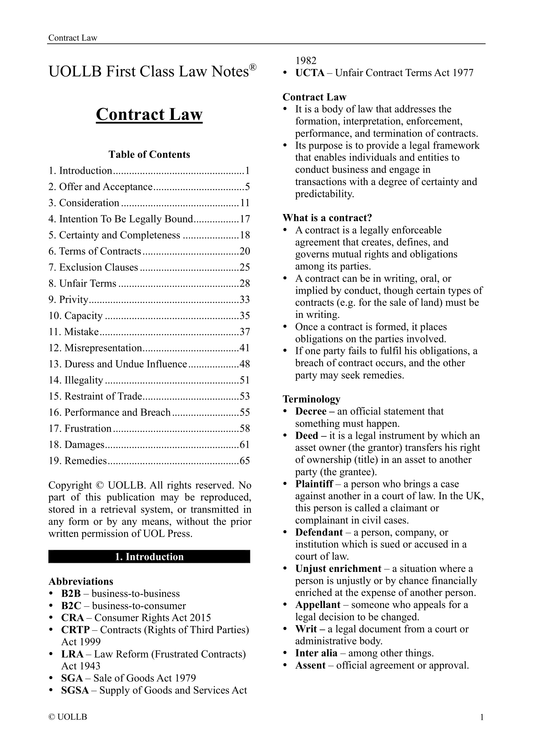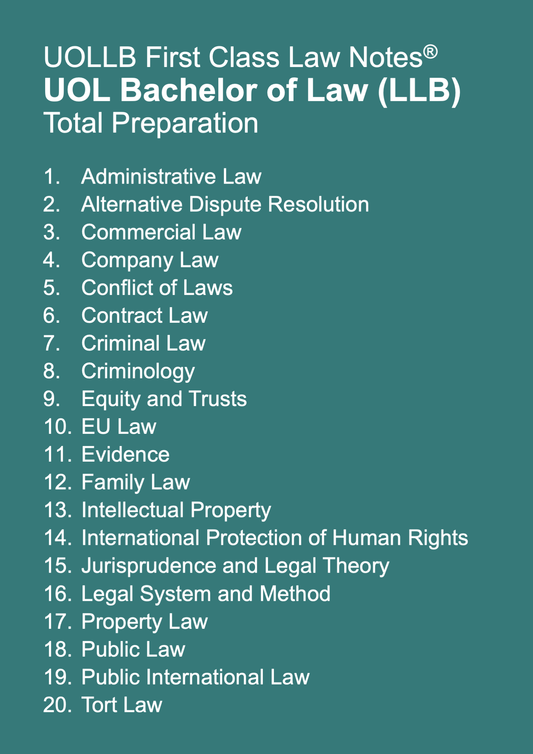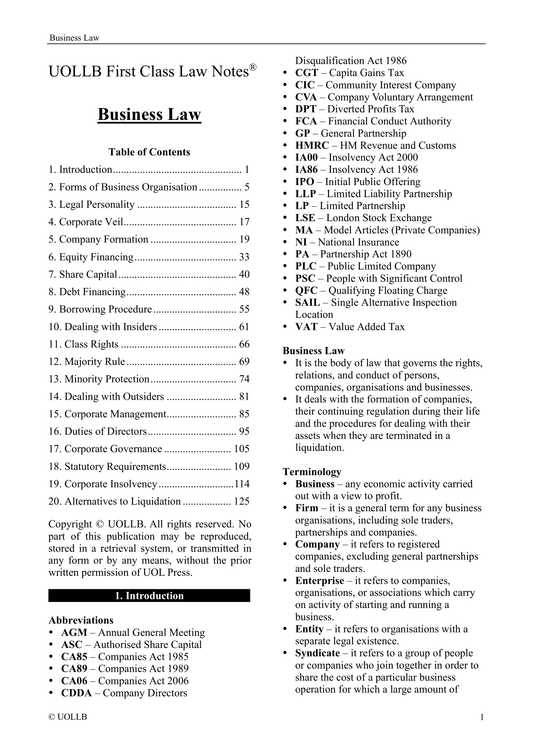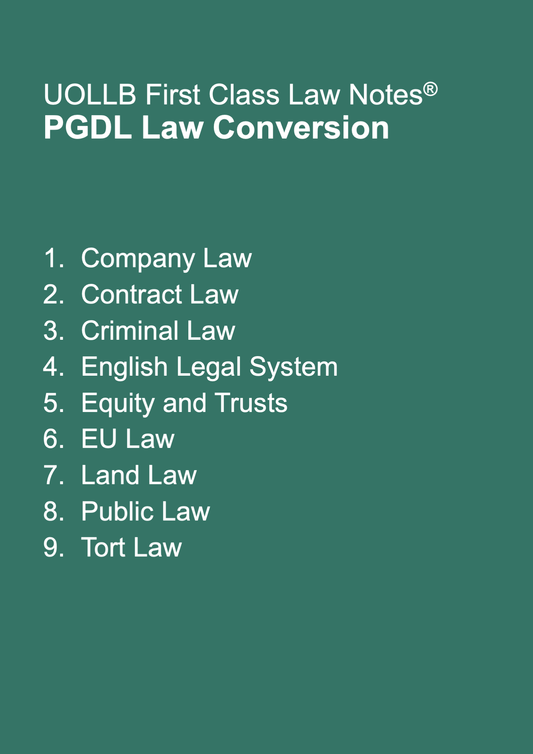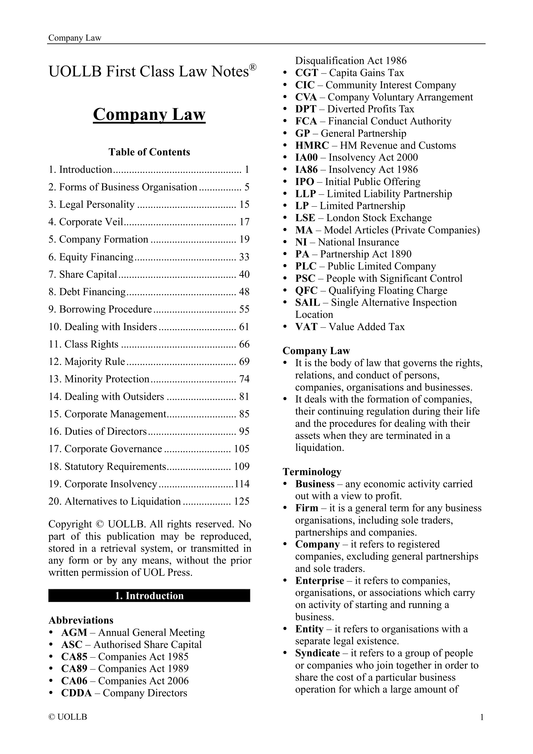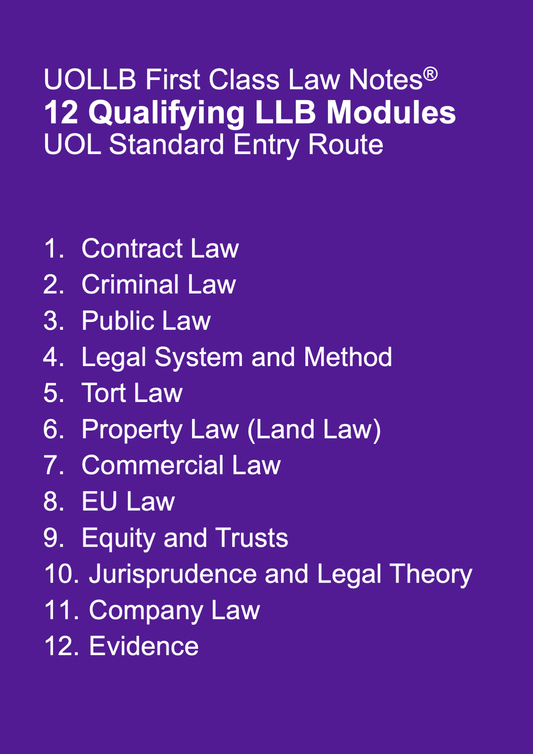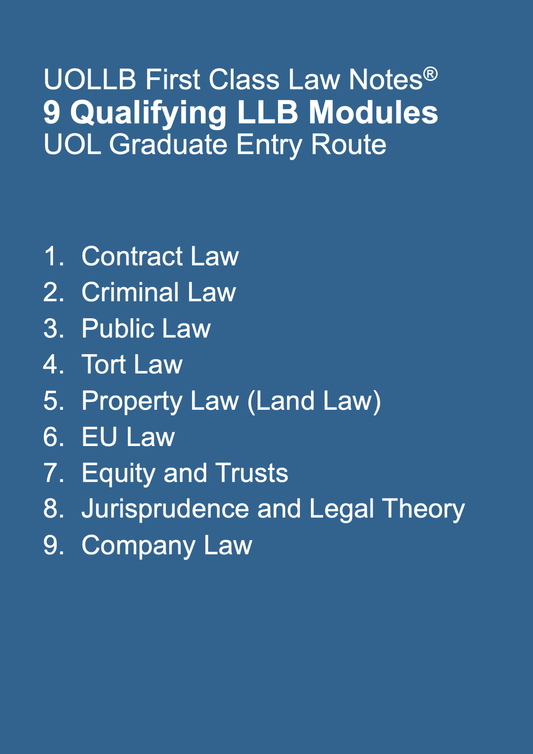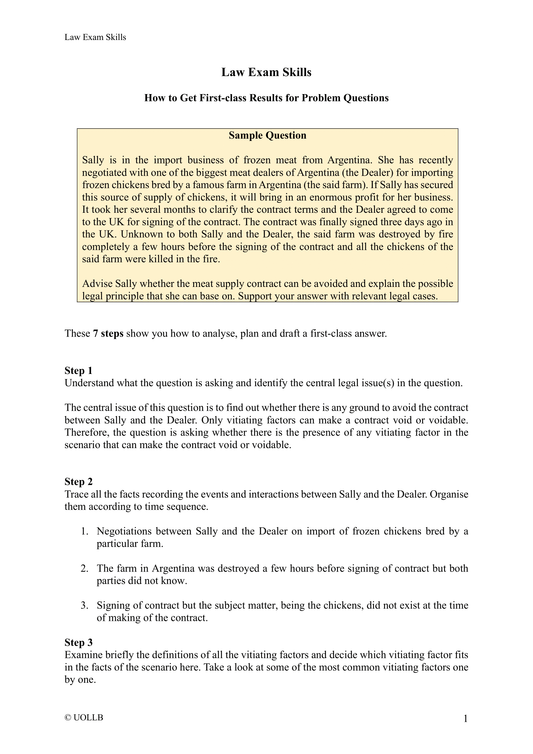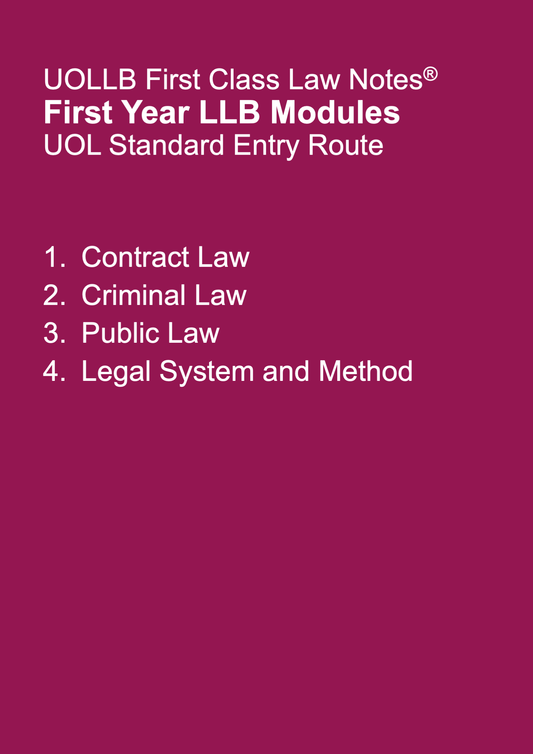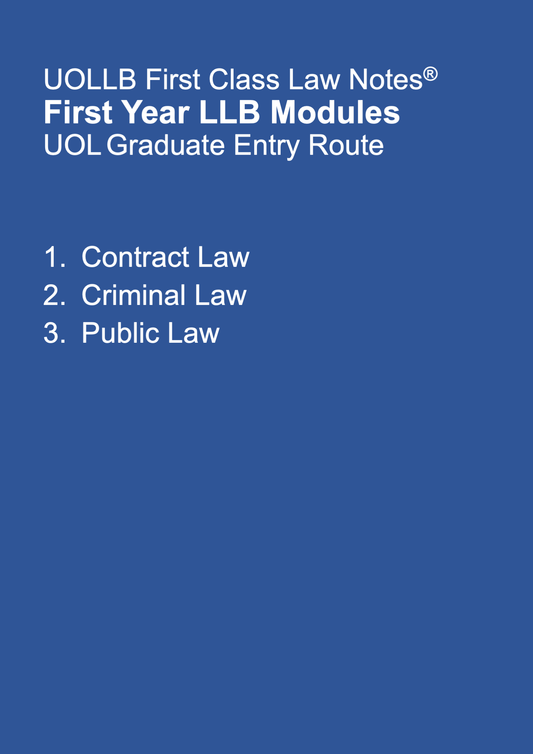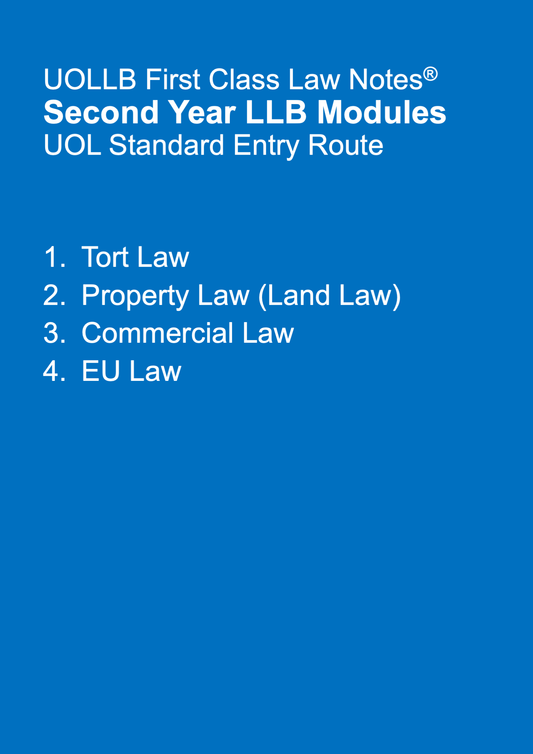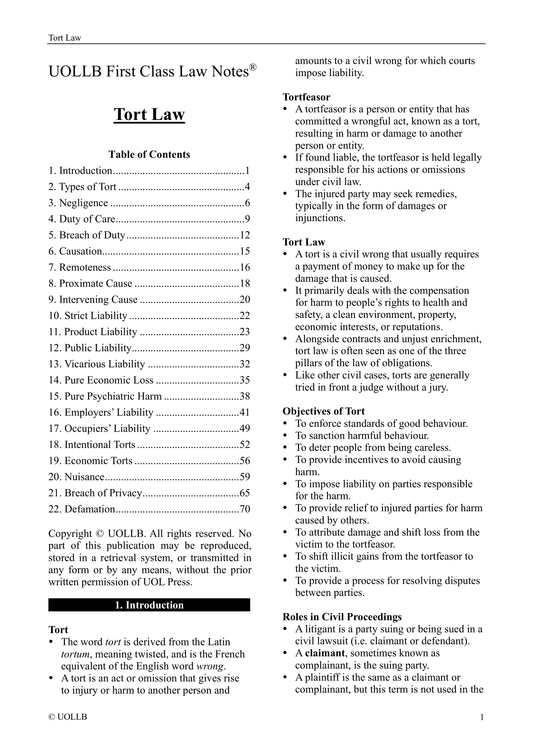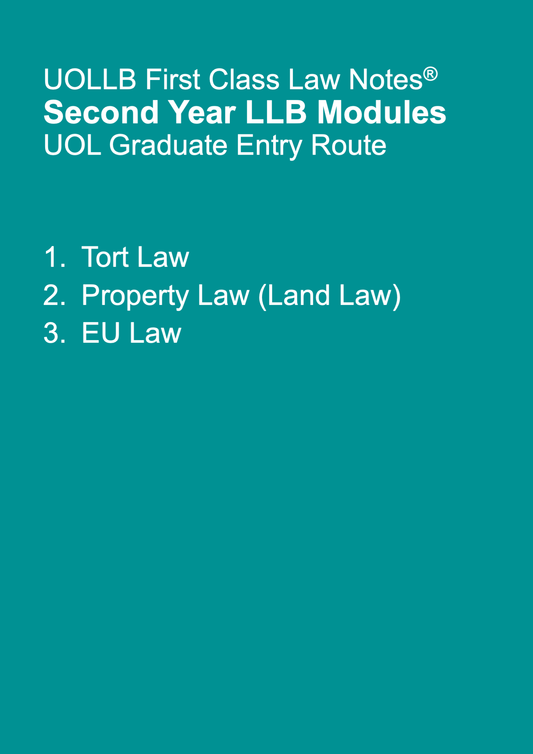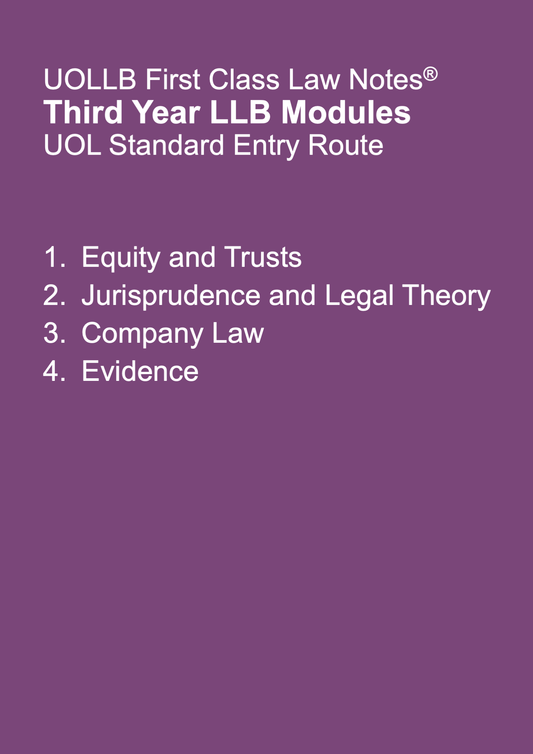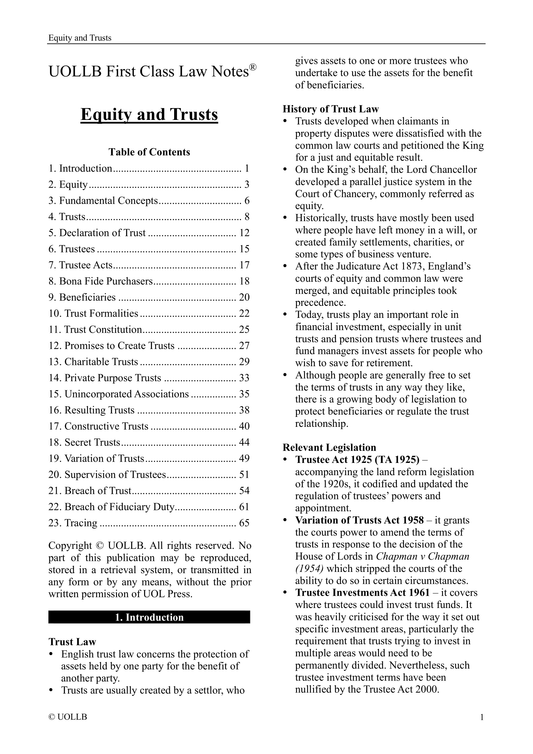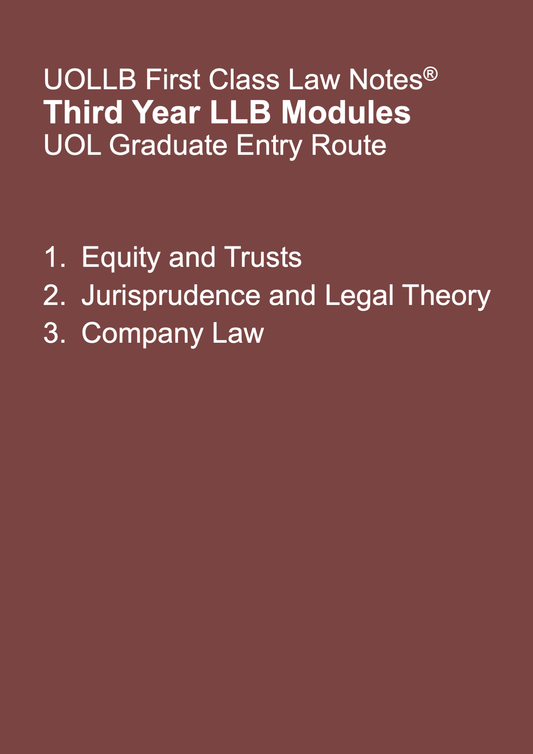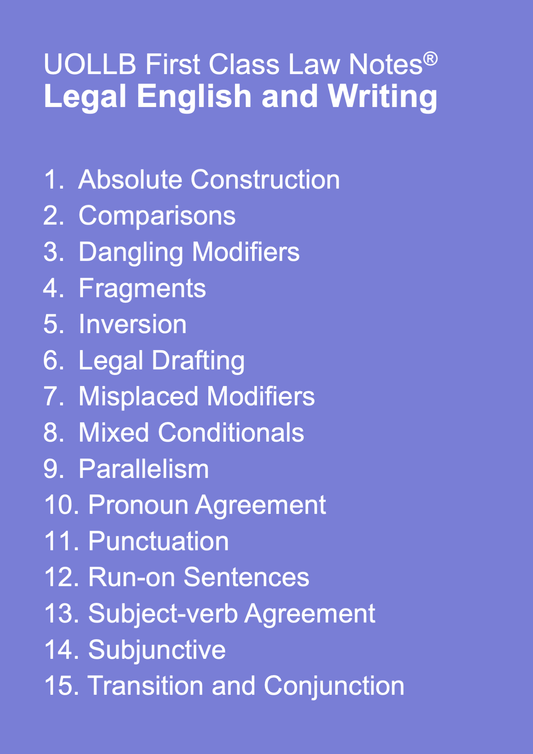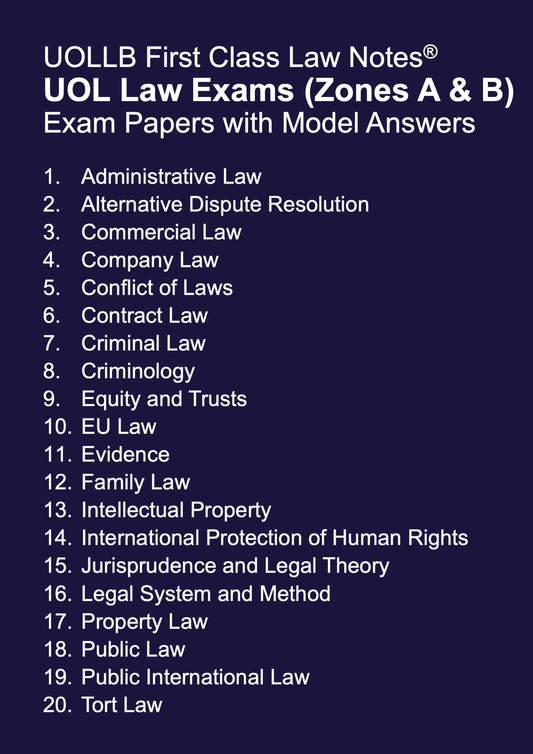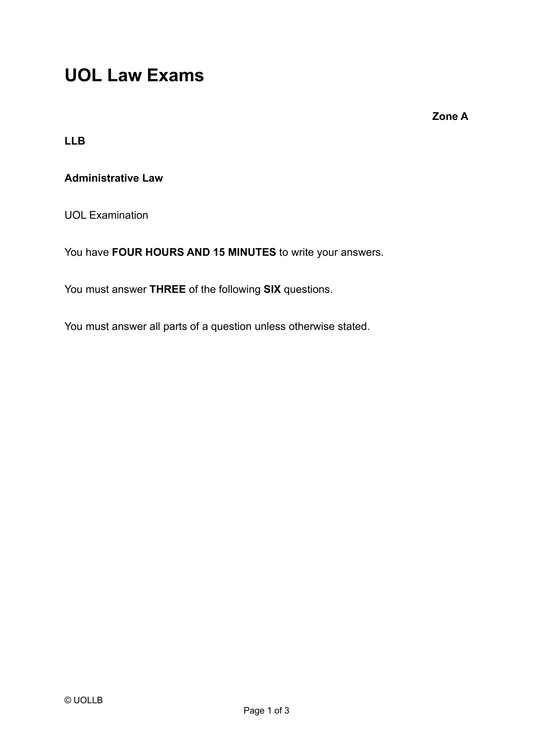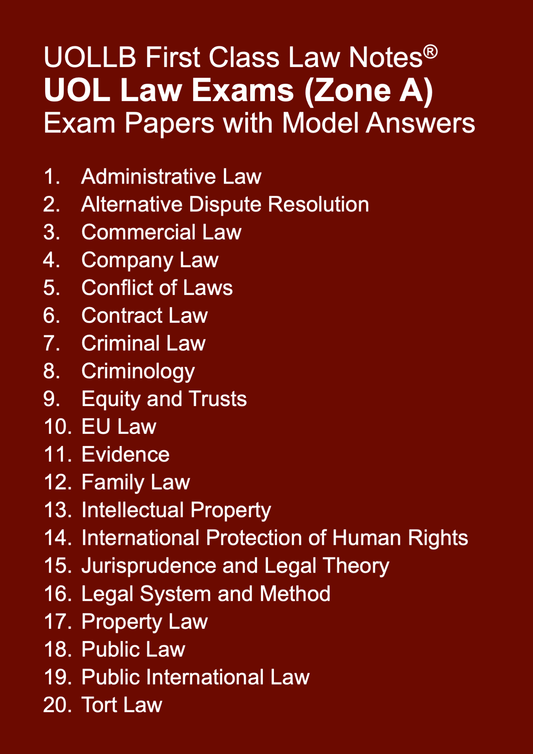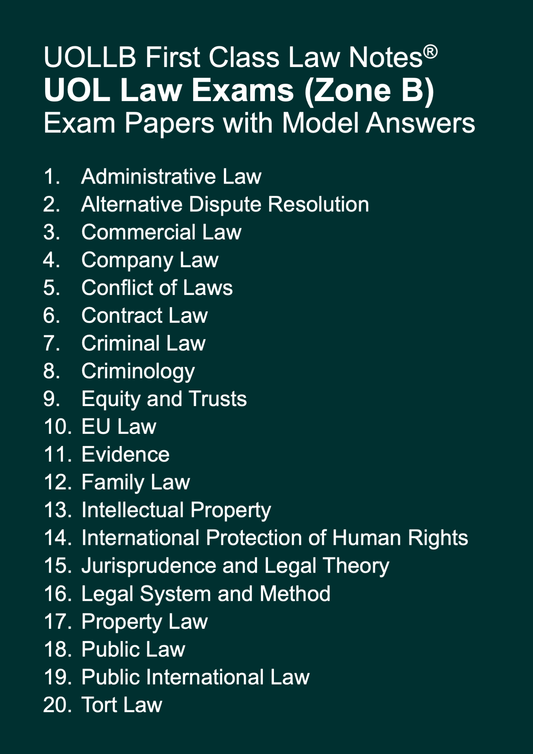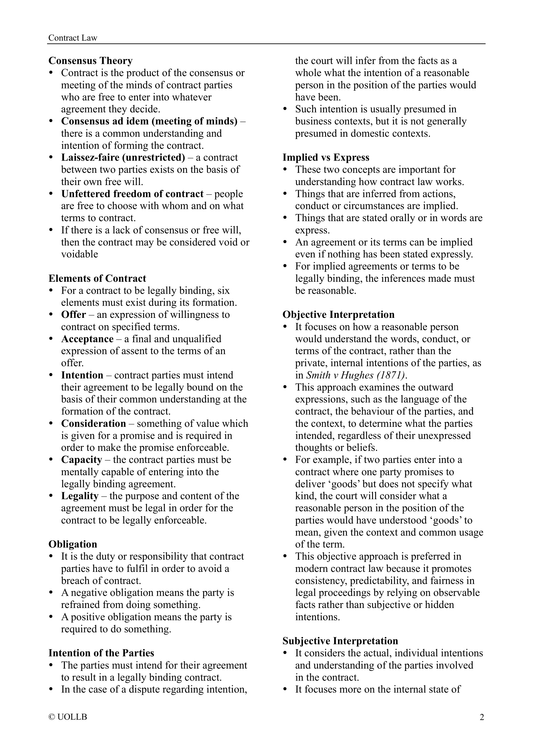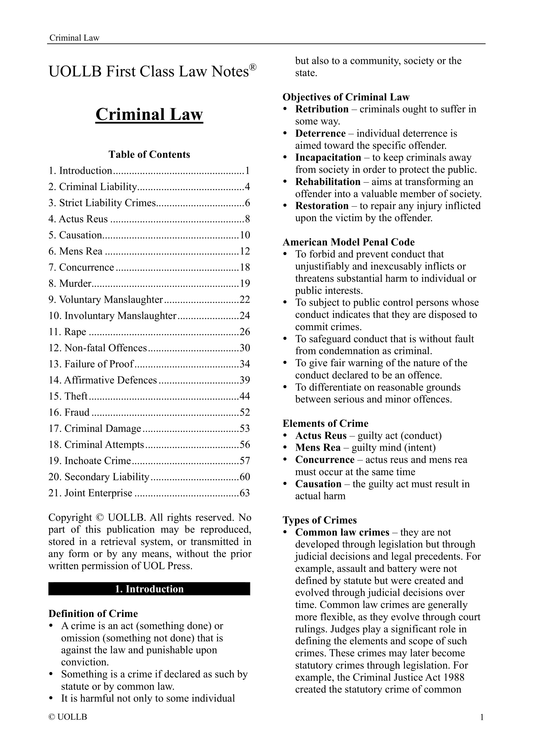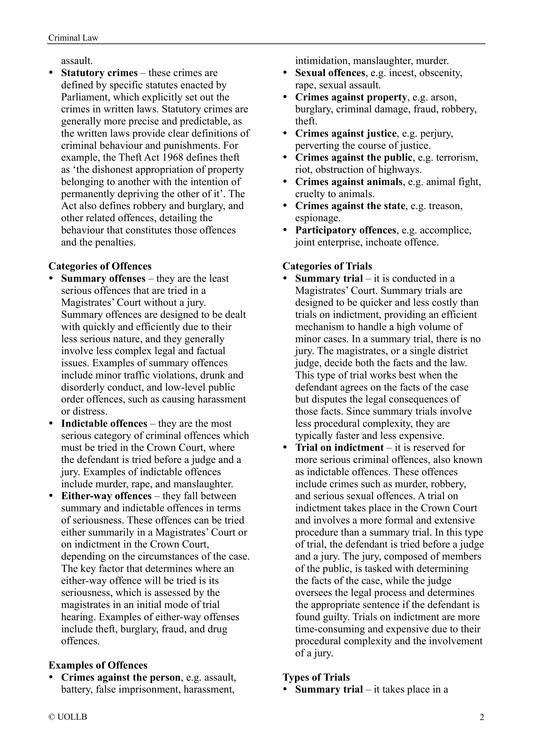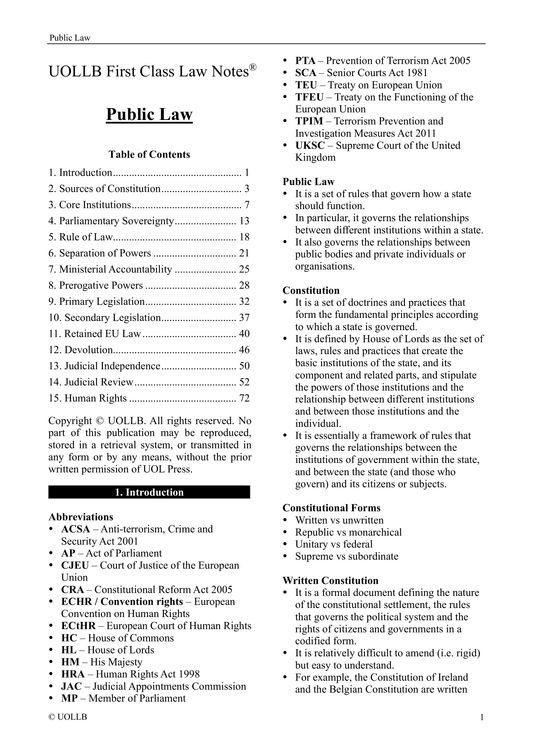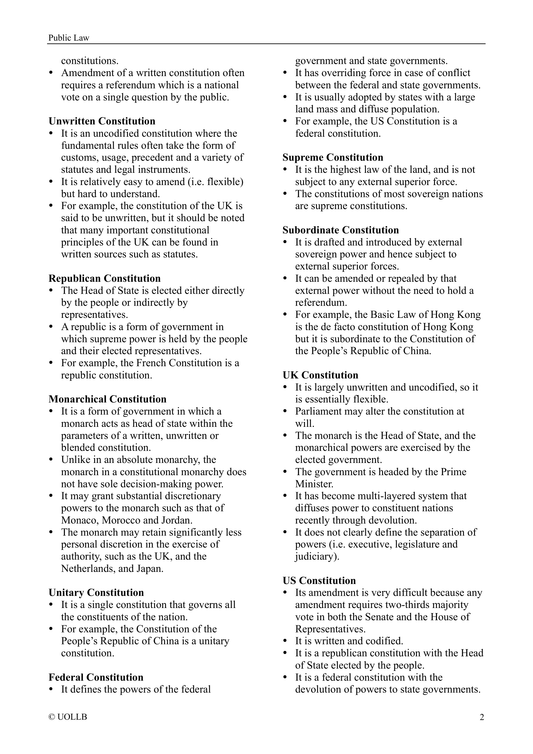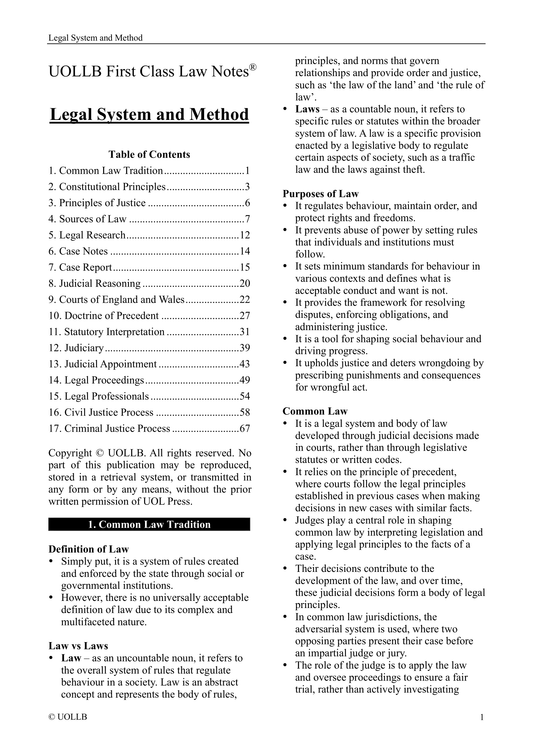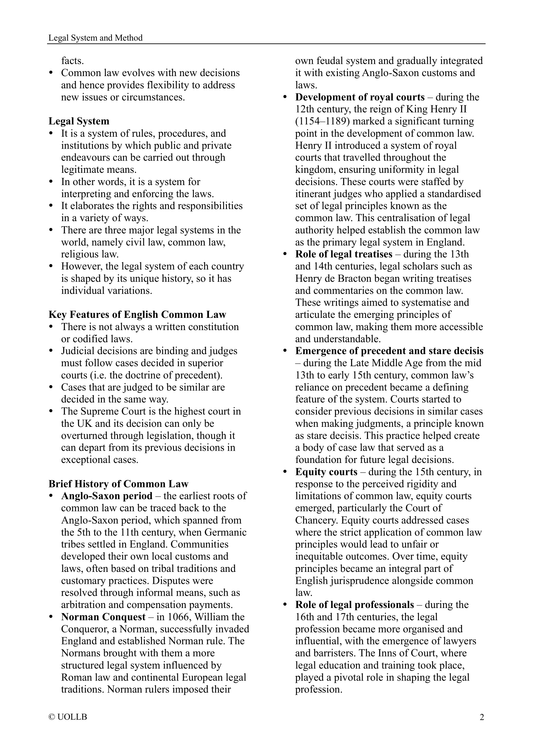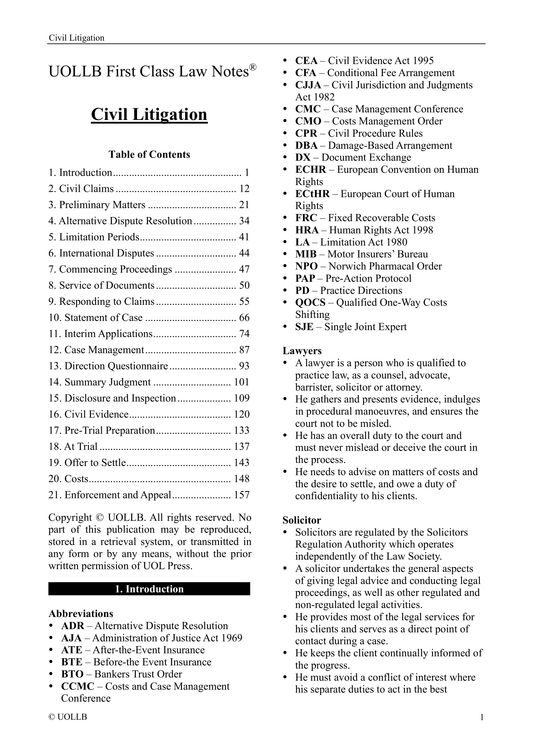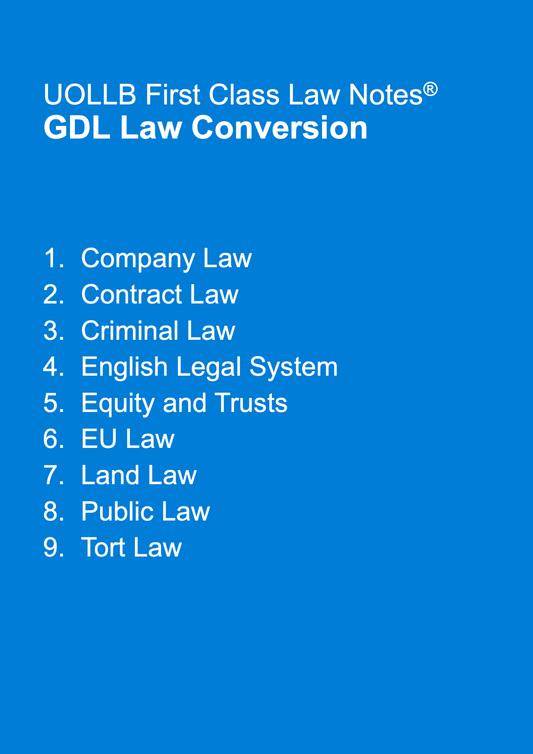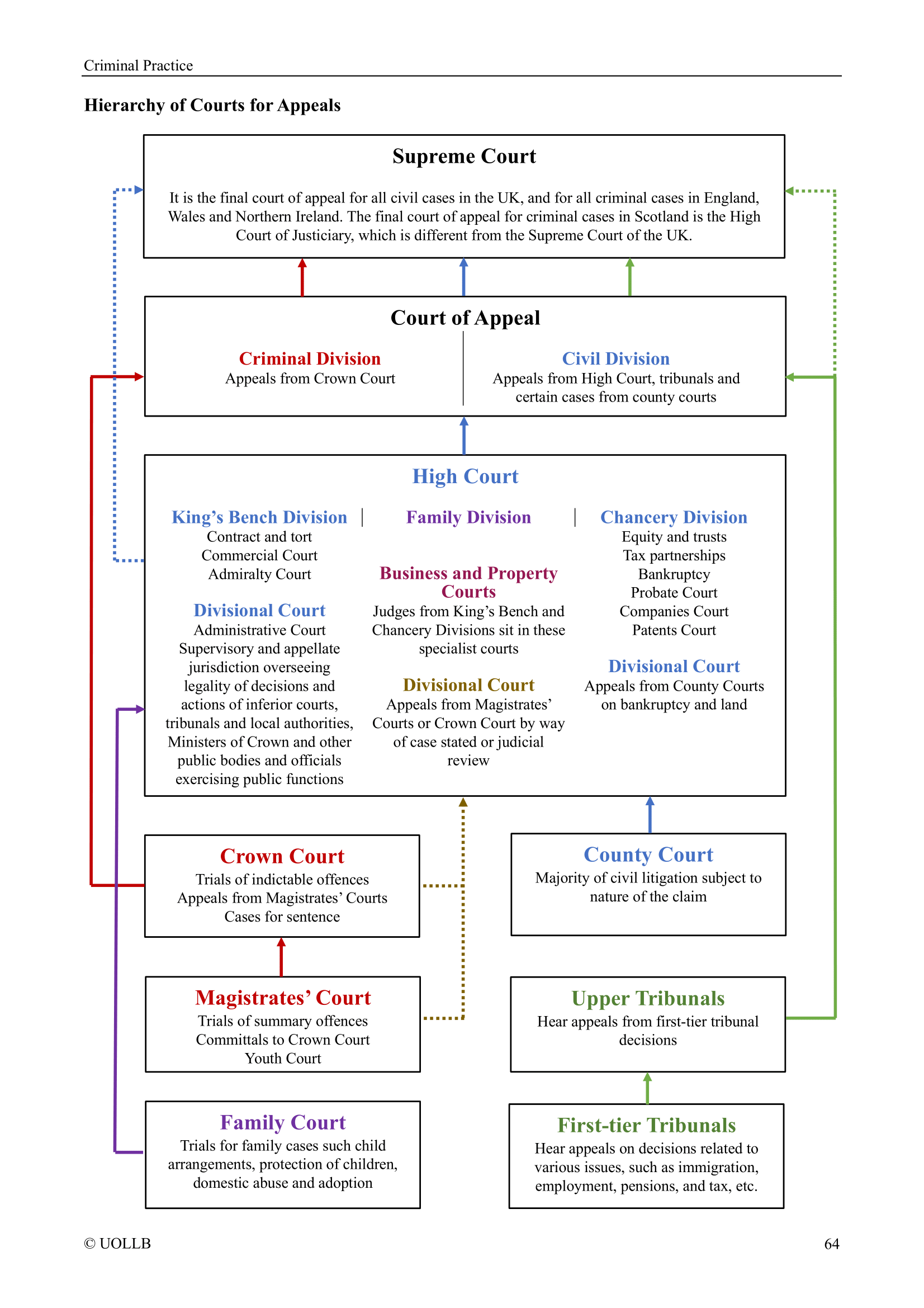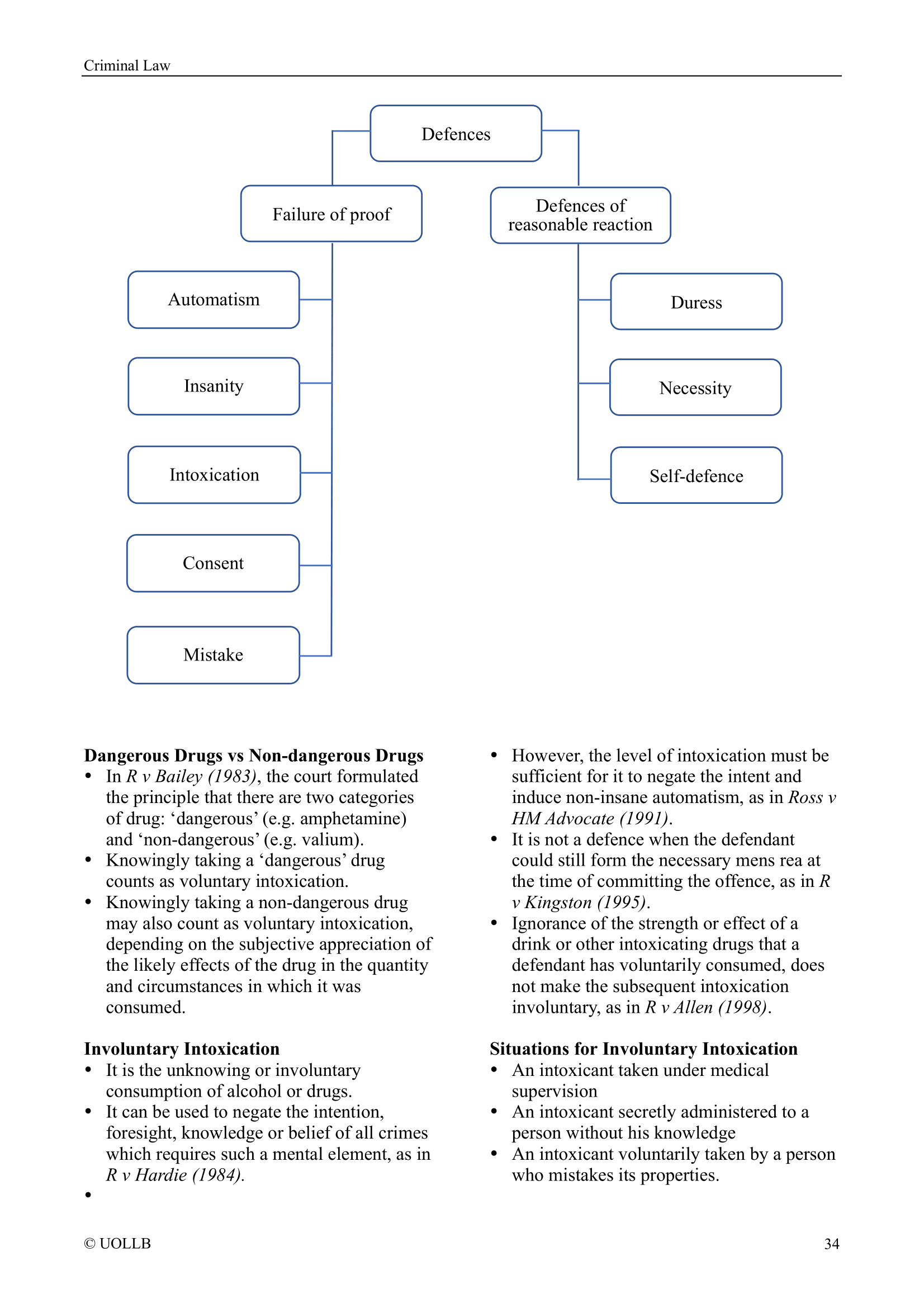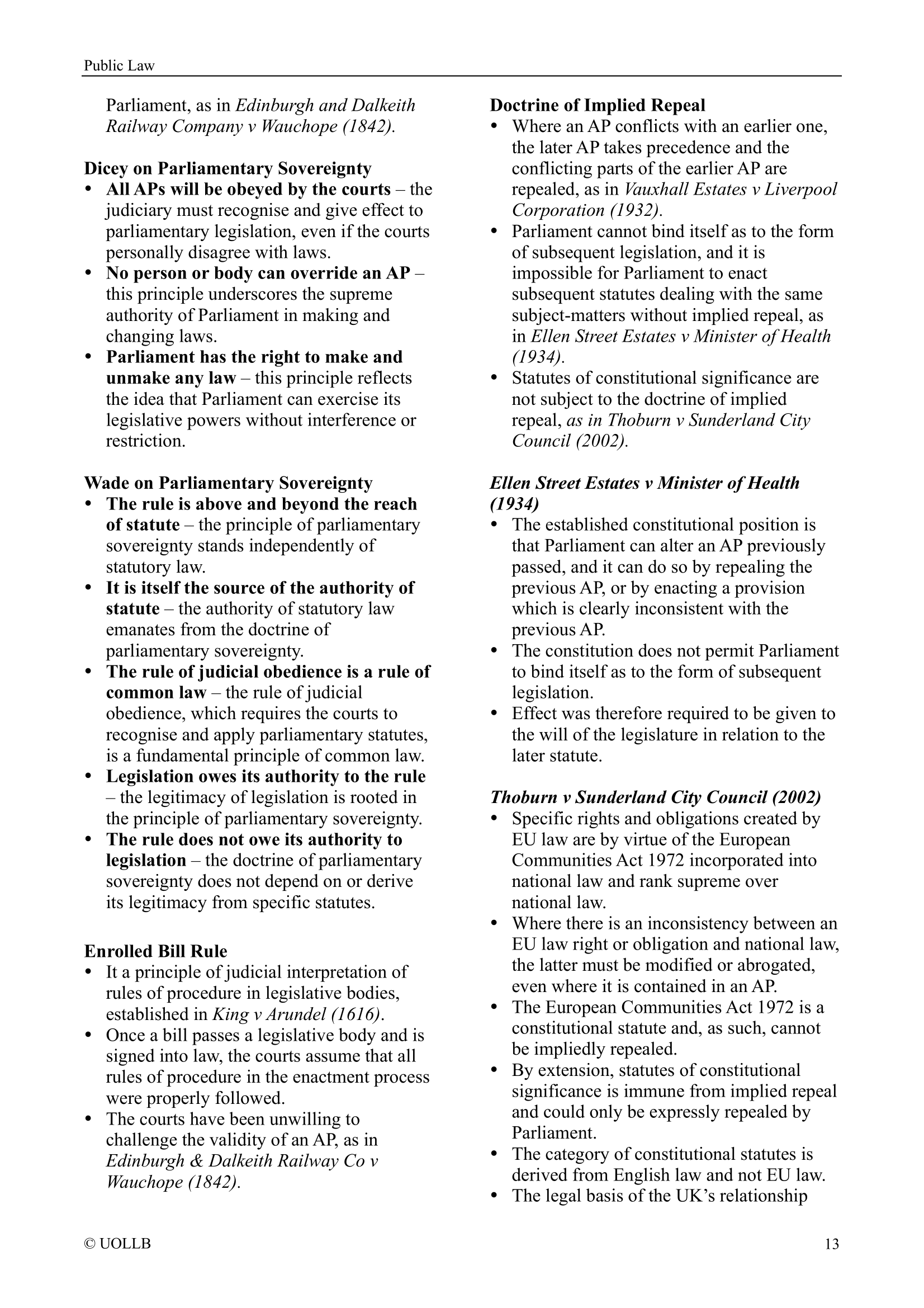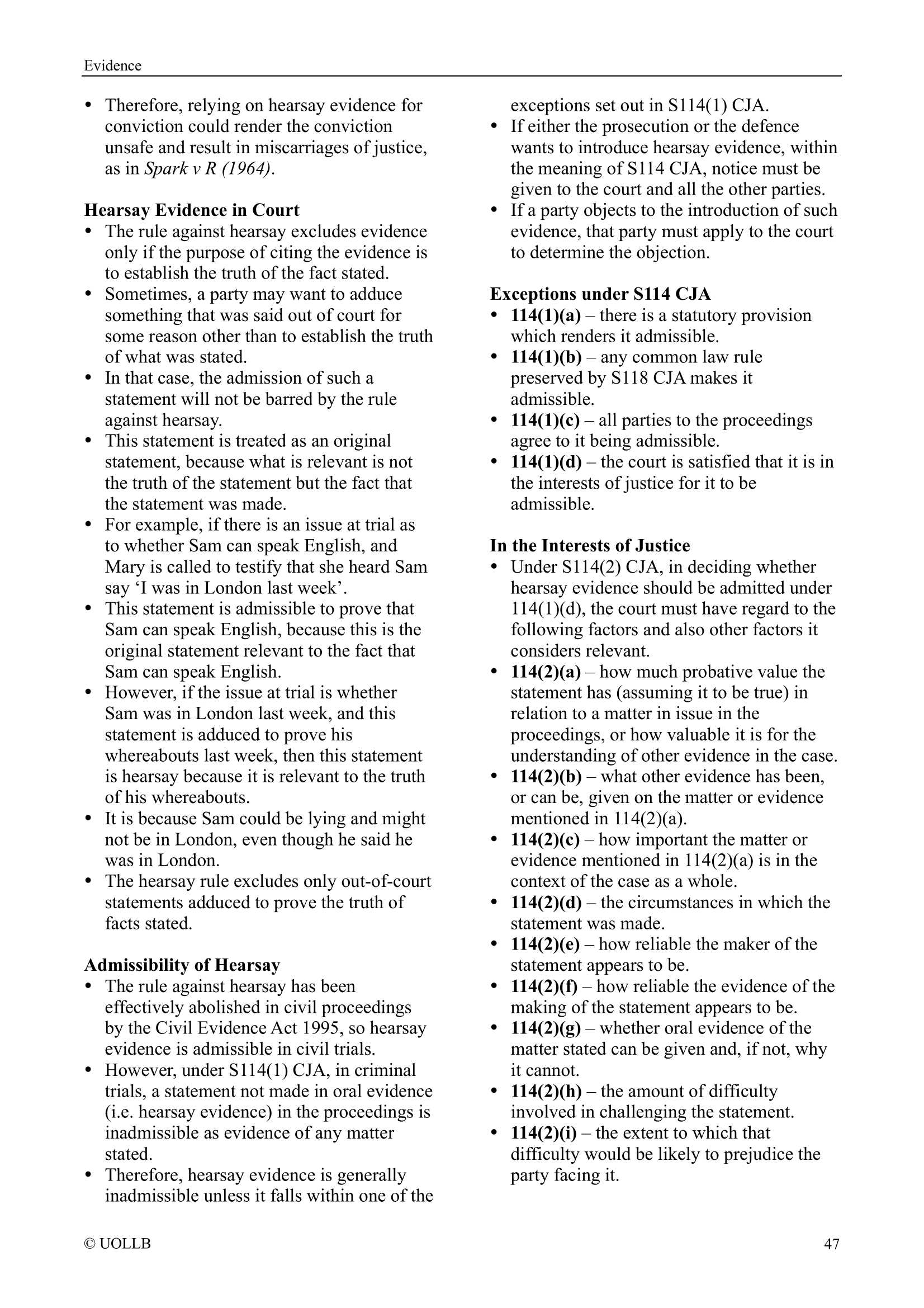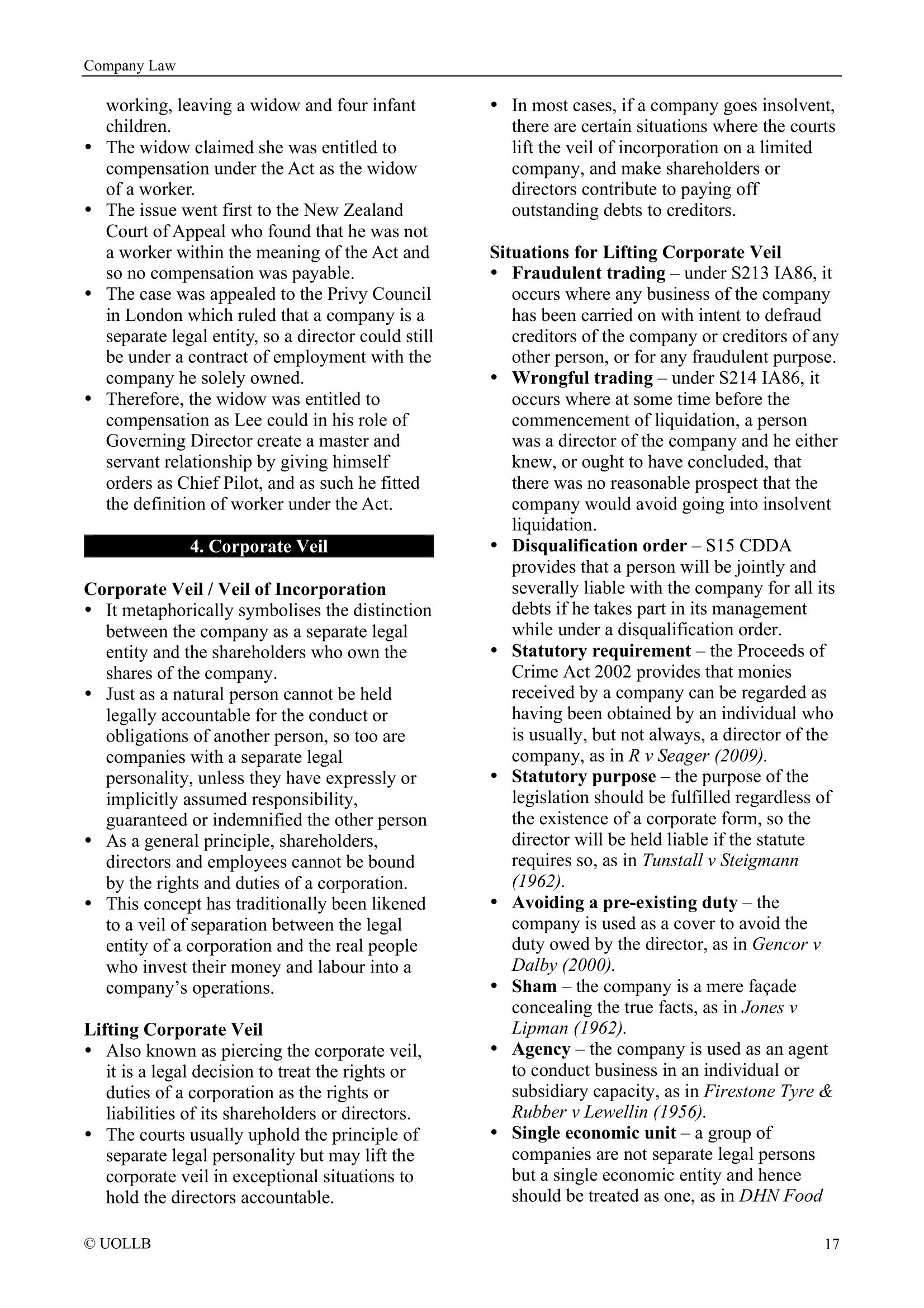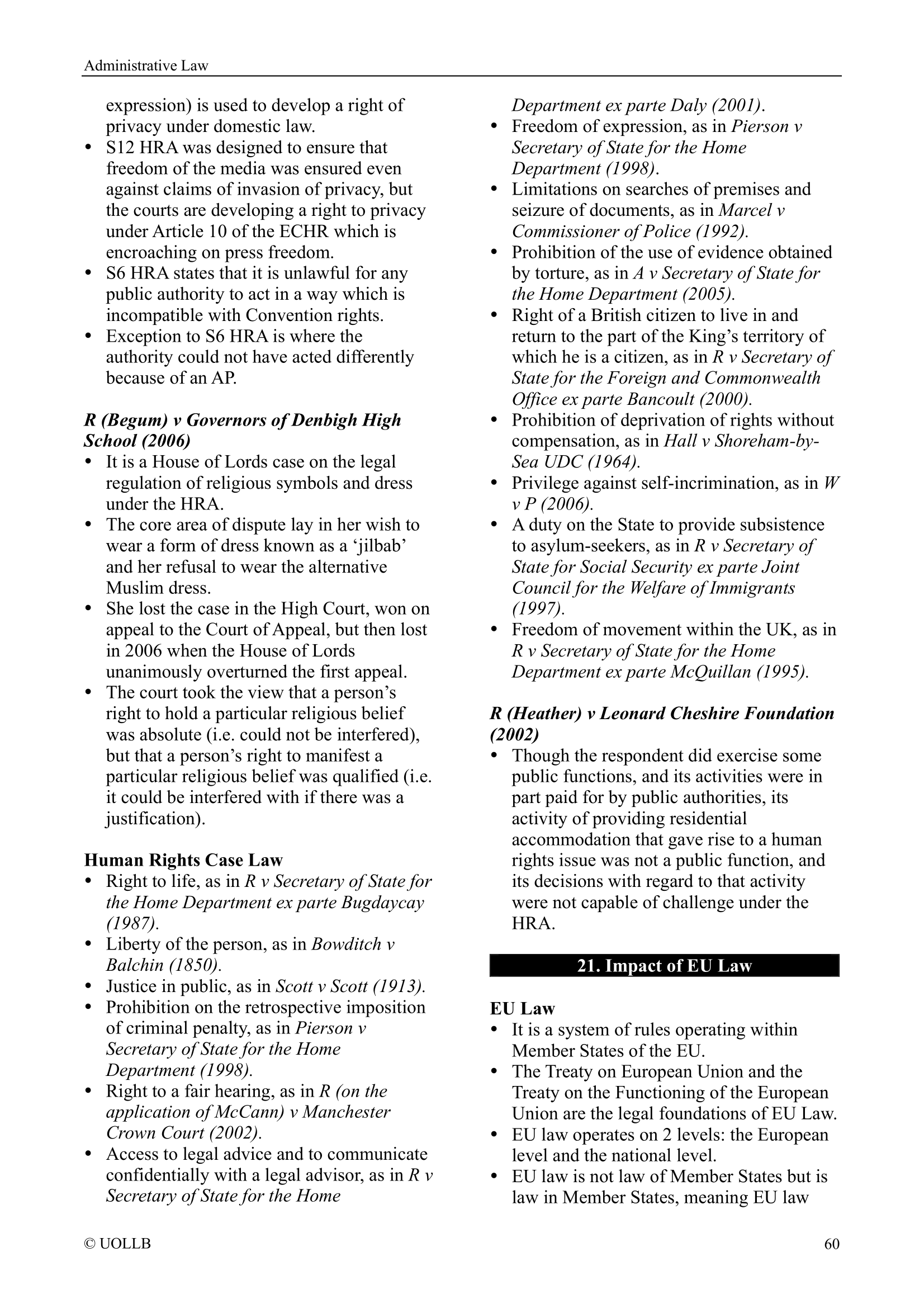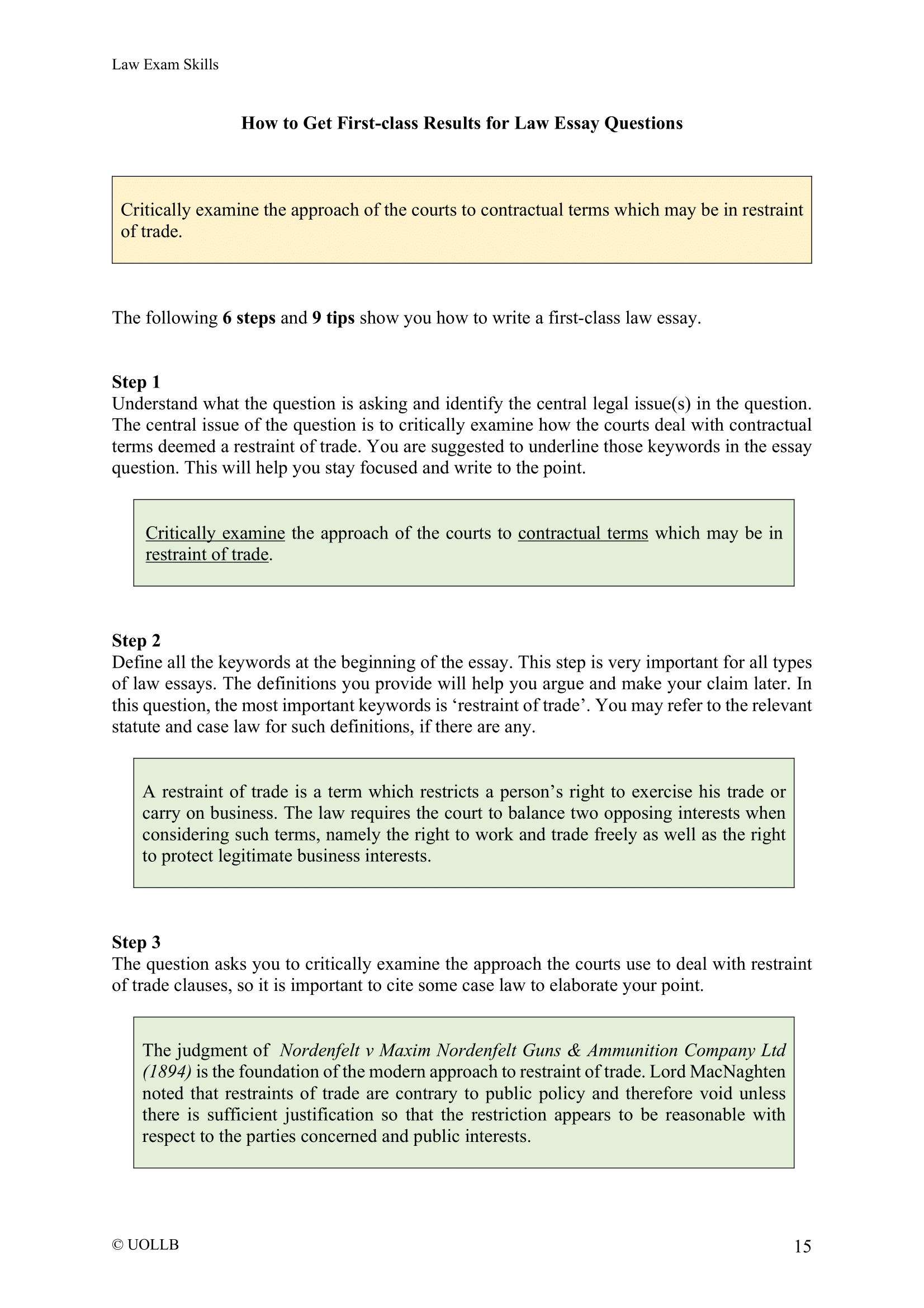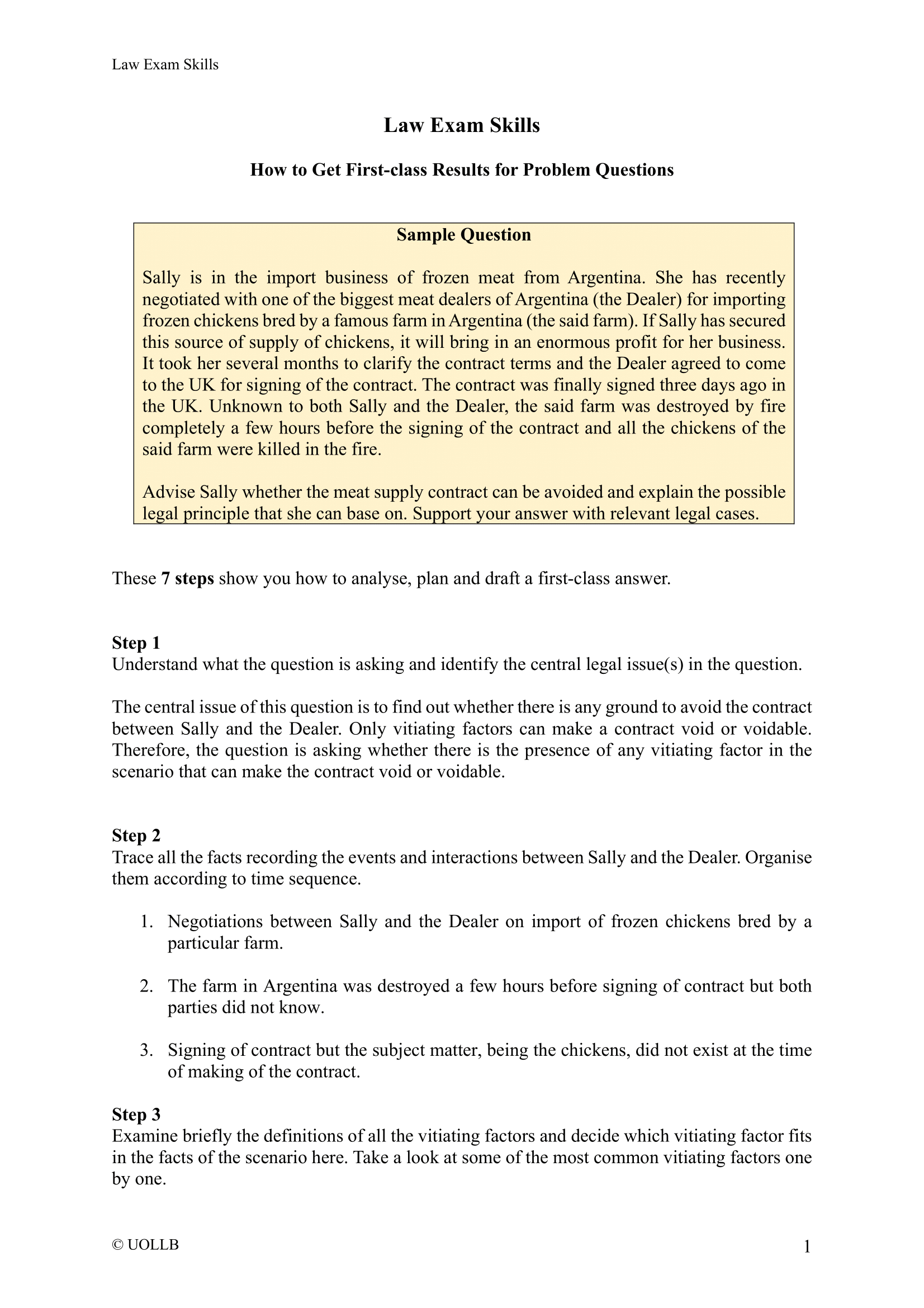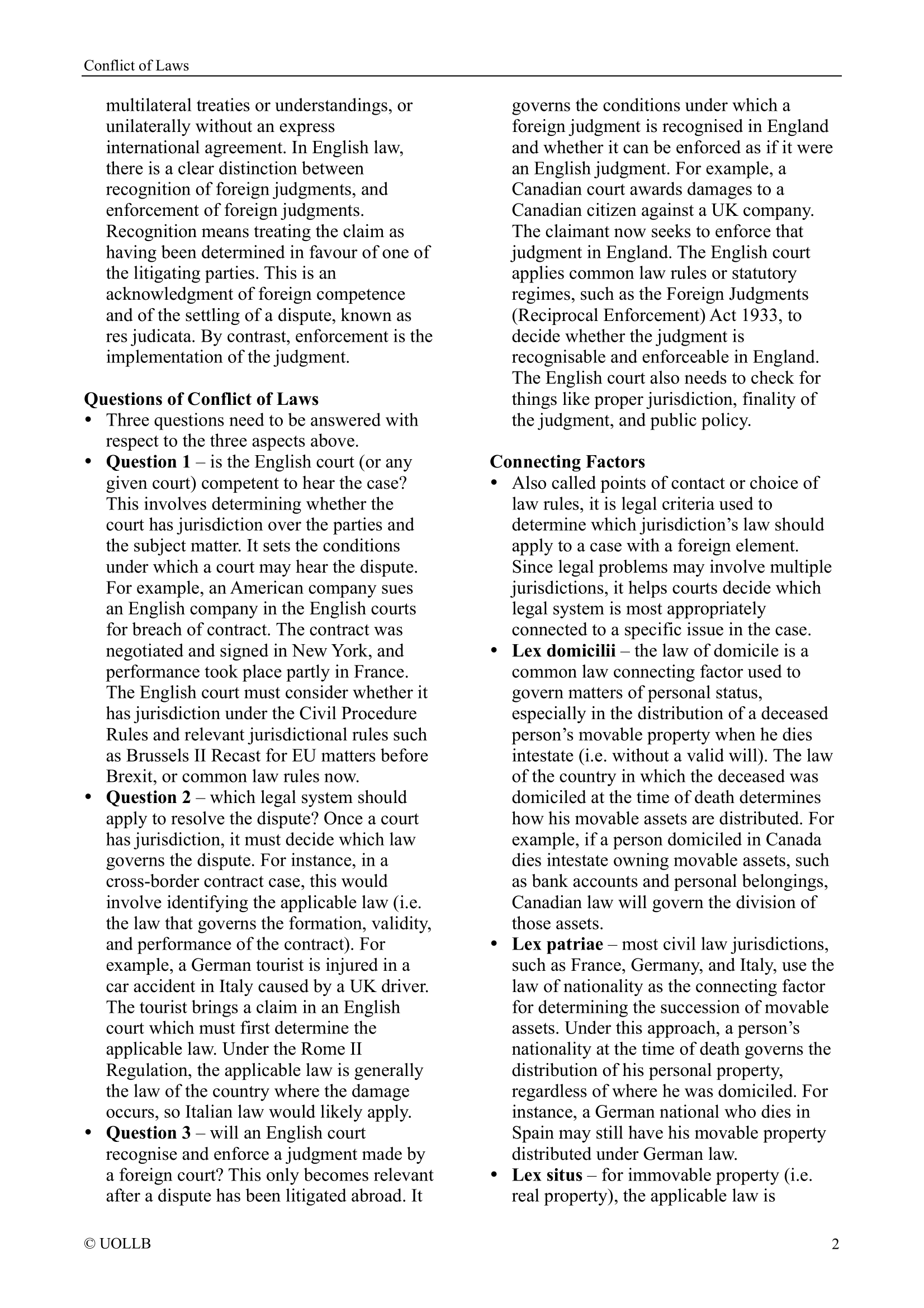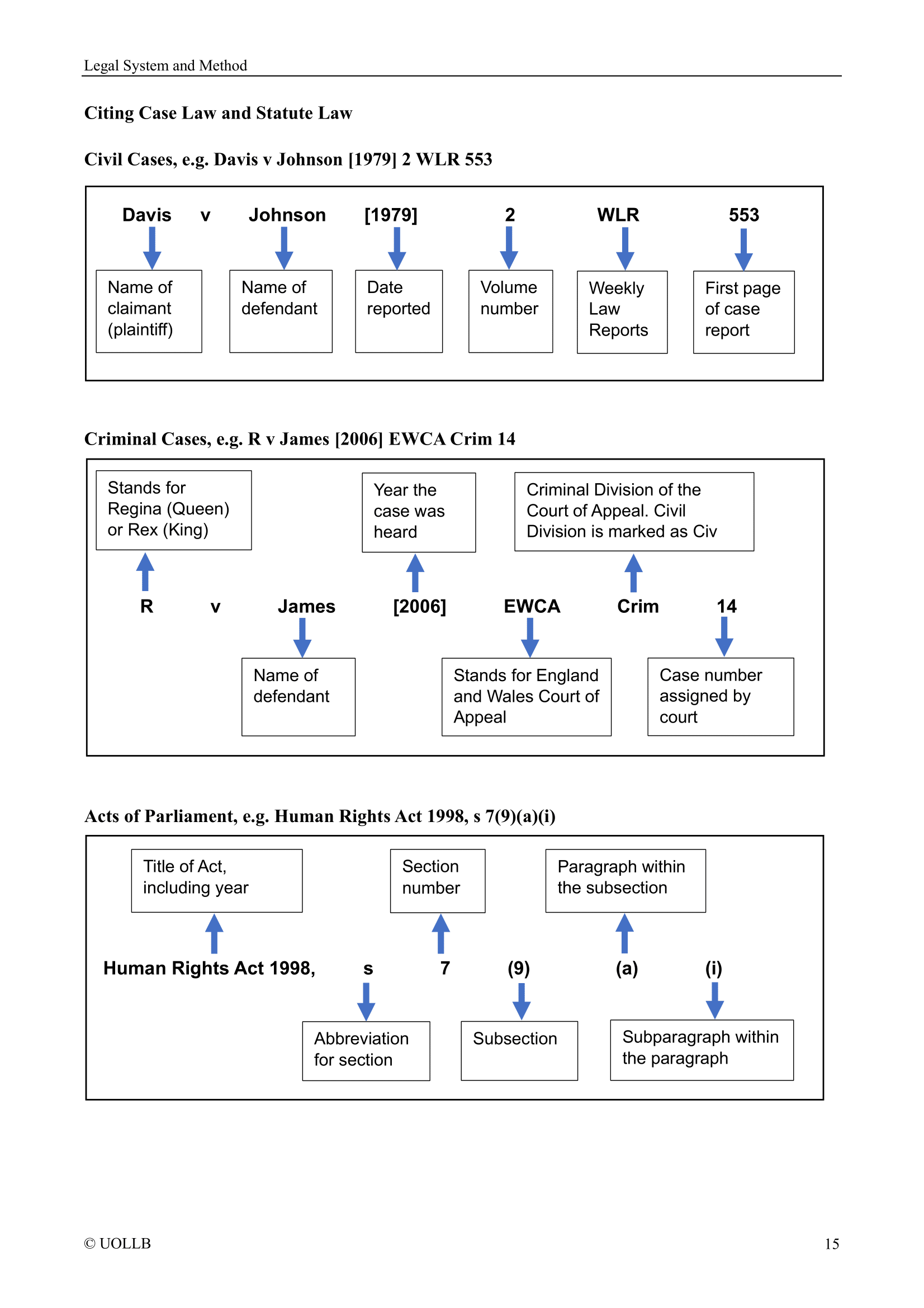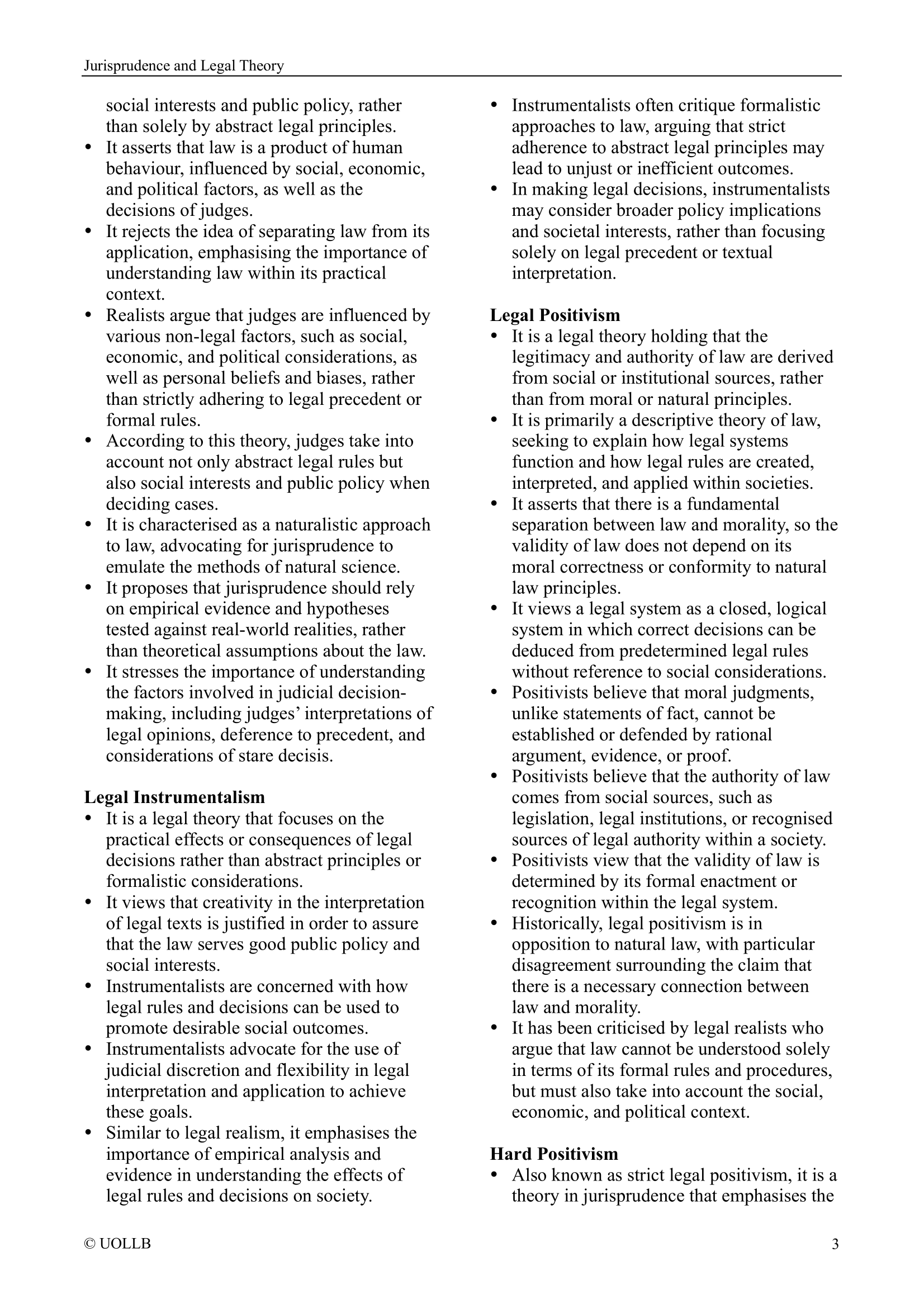Status of Universal Declaration
Share
The Universal Declaration refers to the Universal Declaration of Human Rights (UDHR), which is a milestone document in the history of human rights. It was adopted by the United Nations General Assembly on December 10, 1948, and has since served as a foundational text for the promotion and protection of human rights worldwide.
The UDHR consists of 30 articles that outline the fundamental rights and freedoms to which all individuals are entitled, regardless of their nationality, race, religion, gender, or any other status. These rights are considered universal, inherent, and inalienable, applying to every person simply by virtue of being human.
Since its adoption, the Universal Declaration has had a profound impact on the development of international human rights law and has influenced the drafting of numerous national constitutions, regional human rights instruments, and domestic legislation. It has also been a source of inspiration for countless individuals, activists, and organisations advocating for human rights and social justice. The status of the Universal Declaration today is twofold:
Normative status: The Universal Declaration is not legally binding in the same way as a treaty, but it carries immense normative weight. It is widely regarded as customary international law, meaning that its principles are considered binding on all states, regardless of whether they have ratified specific human rights treaties. The UDHR has acquired this status due to its widespread acceptance and the consistent practice of states in adhering to its principles.
Legal framework: While the UDHR itself is not legally binding, its principles have been codified into legally binding treaties and instruments. For example, the International Covenant on Civil and Political Rights (ICCPR) and the International Covenant on Economic, Social and Cultural Rights (ICESCR) were both adopted by the United Nations in 1966 and are considered two of the core human rights treaties. These covenants, along with other human rights conventions, draw heavily from the principles enshrined in the UDHR.
The UDHR continues to be a point of reference and interpretation for legal and human rights scholars, as well as for national and international courts. It has provided a common language and framework for human rights discussions, and its principles have been expanded upon and clarified through subsequent legal developments.
However, despite its broad acceptance, challenges and violations of human rights persist globally. The Universal Declaration remains a powerful tool for advocacy and a reminder of the ongoing work required to ensure the full realisation of human rights for all individuals.

